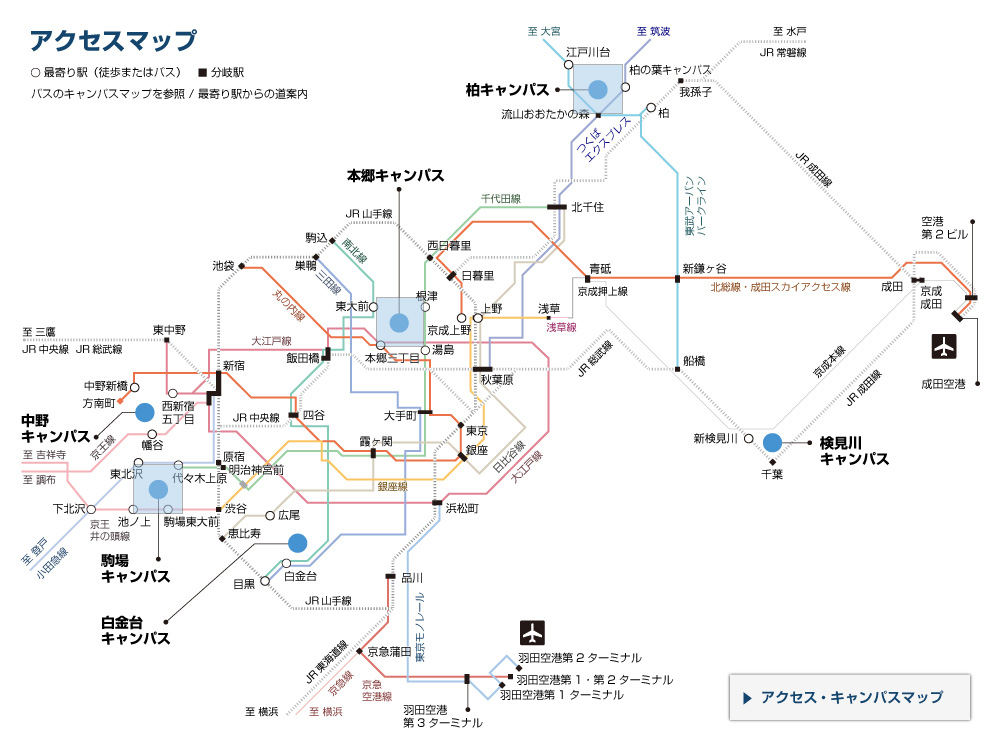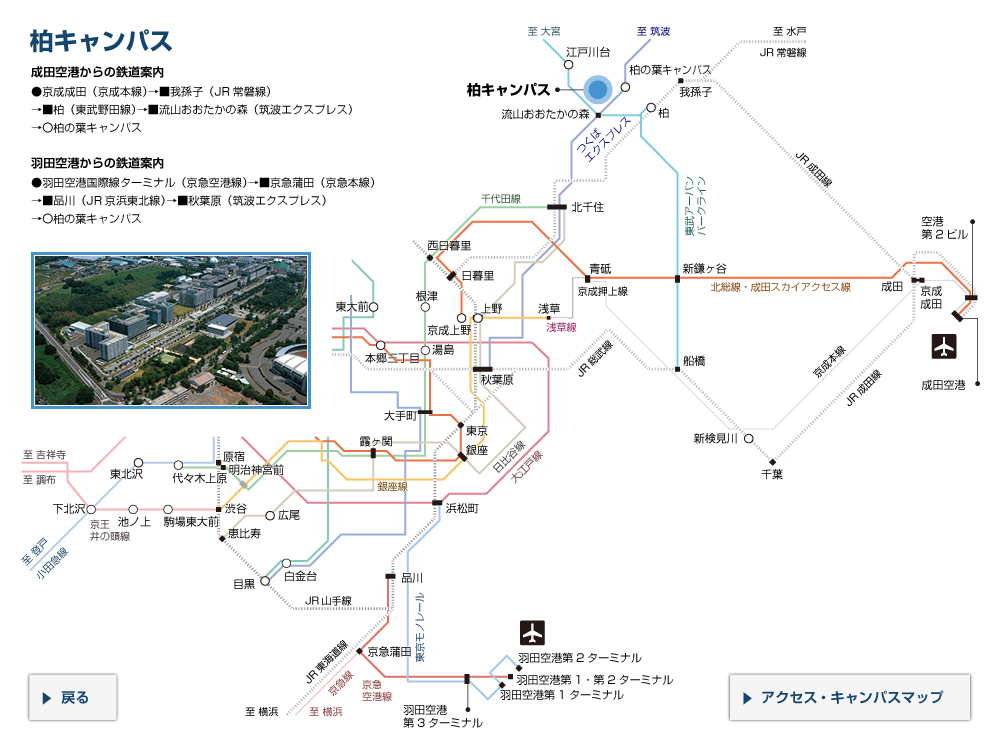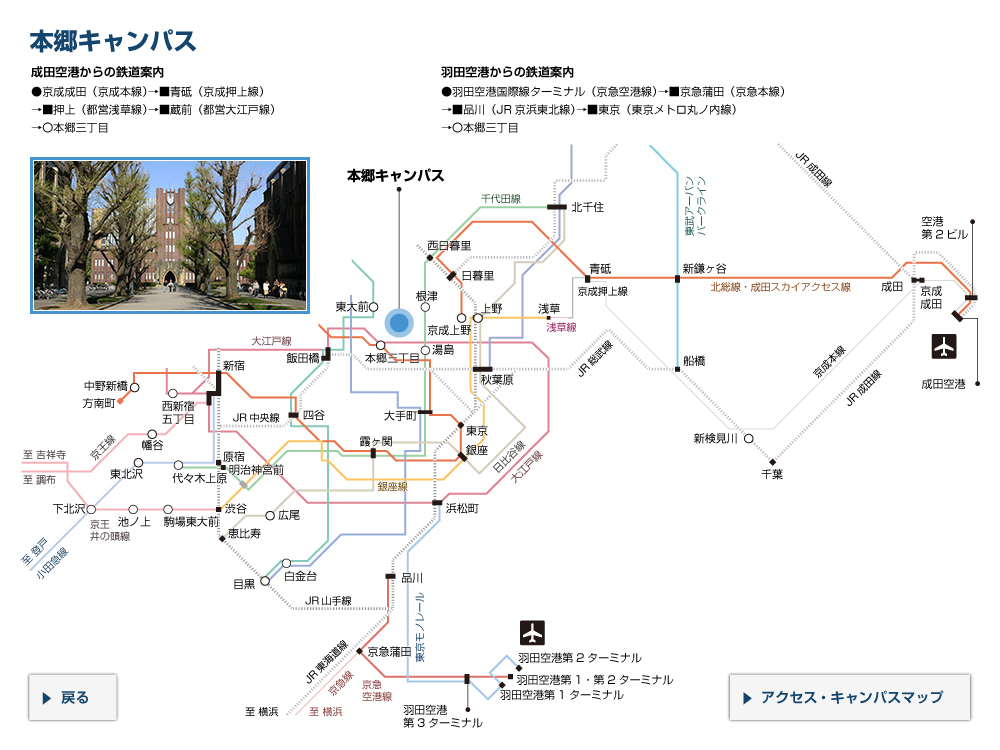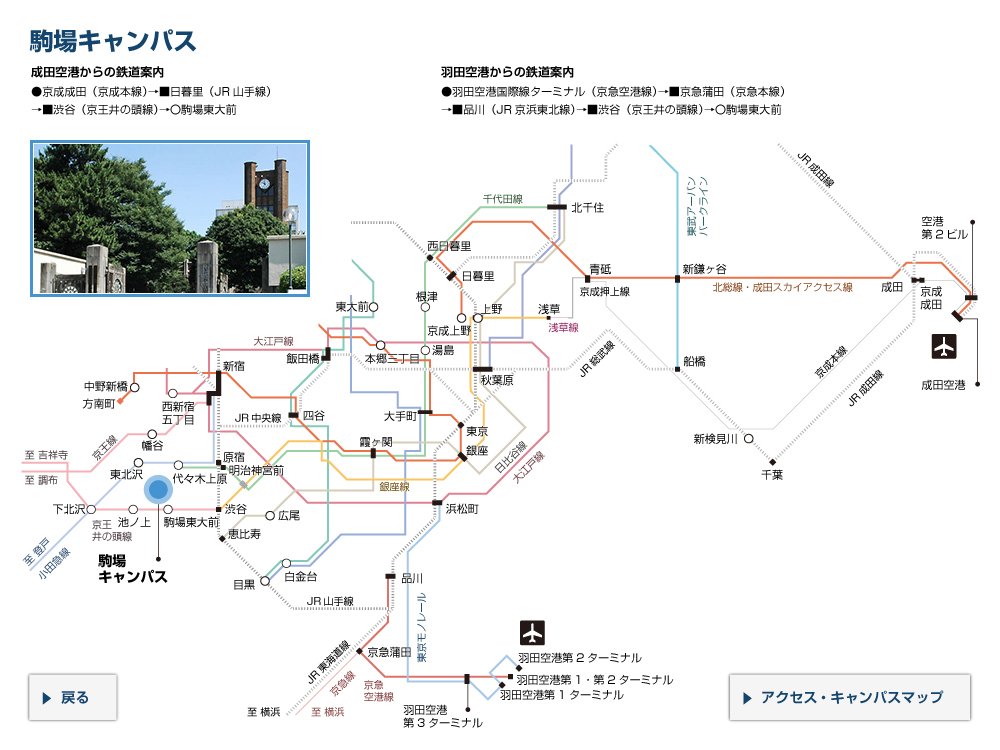令和元年度 東京大学秋季入学式 総長式辞
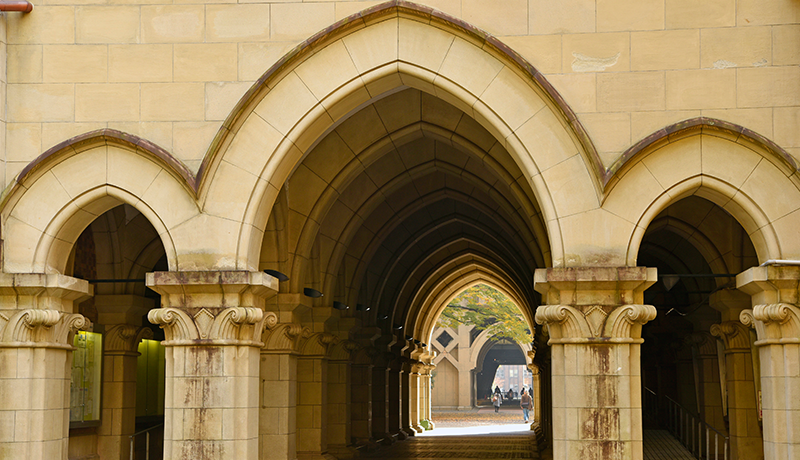

Address by the President of the University of Tokyo
at the 2019 Autumn Semester Matriculation Ceremony
Welcome to the University of Tokyo. On behalf of the University’s faculty, I would like to extend our sincere congratulations to all of you. I would also like to congratulate your families, who have supported you through your studies and some of them are present here today to join in this celebration.
This autumn, the number of students joining our Graduate Schools is 806. 444 are joining master’s programs, 309 are joining doctoral programs, and 53 are joining professional degree programs. At our undergraduate faculties, 37 students are enrolling in Programs in English at Komaba, or PEAK, an English-language degree program. Also, 4 students are entering the Global Science Course of the Faculty of Science, an English-language transfer program for those who started their study at foreign universities.
All of you must be eager to take on new challenges in research and study at the University of Tokyo. The University has high academic standards built up over its 140-year history, a wide range of disciplines, and rich academic resources. I would like you to dedicate yourself fully to learning in this outstanding academic environment and play leading roles in creating a new society of tomorrow. You will have full support from all our staff at the University.
Today, our world is facing great changes. It is also facing many challenges. In January last year, I attended the World Economic Forum Annual Meeting in Davos, Switzerland. The main theme of the Forum was “Creating a Shared Future in a Fractured World.” We are now seeing the development of many “divisions” spreading in a number of areas: division by national borders, racial divide, economic disparity, different political structures, religious conflicts, different stances on bioethics or environmental issues, as well as highly-segmented academic disciplines. We are all living in a fractured world. Such division limits the possibility of dialogue, achieving mutual understanding or cooperation to create a shared future. How can we work together to overcome such difficult times? Today, by way of my congratulatory message to you, I would like to share several stories that I hope will stimulate you to think about this.
In May this year, we saw the end of the Heisei era and the start of a new era, Reiwa. The name of this new era was reported to originate from Japan’s ancient poetry “Manyoshu.” There is the same combination of Chinese characters found in Chinese classical literature “Wen Xuan.” There was a discussion about whether the origin of Reiwa was from Japanese literature or from Chinese literature. But if you consider how Japanese expressions came to be formed, it seems natural that the Chinese characters in Manyoshu have their origin in Chinese classics.
Since ancient times, Japan was eager to learn and accept Chinese civilization, digested and developed it further to create a new society and culture. Chinese characters as “written letters” are one such prime example. Waka poems in Manyoshu were written in Manyo-gana, which used the pronunciations of Chinese characters to represent the Japanese language. This innovative method eventually lead to the invention of Hiragana and Katakana.
Since those ancient days, Japanese people have creatively used a combination of Chinese and Kana characters as their communication tool. This has, in turn, fostered the ability to create new Japanese words and develop Japanese culture. I hope the new era name, Reiwa, will help remind us of our ancestors’ vitality for creating new original culture, and their open minded approach to ideas from overseas.
In the Meiji era in the late 19th century, Japan learned a lot of modern knowledge from the West. To bring in this new knowledge, a huge amount of translation was carried out, which also helped to set the stage for academic development. This was made possible because Japanese people had the ability to use Chinese characters. Many new Japanese words were created through translation. This was thanks to Japan’s tradition of intellectual training and experience. Our ancestors used a combination of Chinese-derived On(音)-reading and Japanese-original Kun(訓)-reading methods to freely turn concepts expressed in foreign languages into original Japanese expressions. This was not the work of one or two scholars. Based on a body of Japanese, Chinese and Western knowledge accumulated by the end of the Edo period, a number of new “knowledge professionals” worked hard to develop new academic fields. The collective work of these knowledge professionals was the driving force that pushed Japan toward the modern age.
Since the Meiji era, many Chinese students have come to study in Japan and learned about new concepts in newly-invented translations of words from the West, such as university, philosophy, economy, socialism, and republic. They took these new expressions back to China. At this time, East Asian countries began rushing toward modernization. In fact, the Japanese word “Kindai(近代)” or modern itself was one of those translated words from the West. Culture represents a history of learning exchanges between different groups of people. It embodies the crossing of knowledge over borders today. You are all now going through a time of great change. A new form of cross-cultural exchange will emerge unlike anything we have experienced before. To take the lead in creating this new culture, I would like you to gain the foundations of knowledge here at this University that will spark new ideas and new ways of thinking.
Now, all of you are here to learn about various specialized fields. Any academic discipline is basically about presenting new perspectives or new ways of thinking through words and writing papers to share those findings with others. They are the very basics of academic learning. This remains the same even in these times of change. Our General Library is one of the University’s symbolic buildings. It has over 1.2 million books. This building houses an enormous collection of research papers, books, and other documents. But the Great Kanto Earthquake, which hit Tokyo directly in 1923, caused what one can call the greatest tragedy in the history of Japan’s libraries. The earthquake burned down the General Library which housed a rich collection of books from various schools of the Edo Shogunate. Moreover, a number of rare books that had been collected from around Japan and abroad ever since the Meiji Restoration were all gone. But later, the University received financial support and precious collections of books and documents from around Japan and from overseas institutions including the Rockefeller Foundation. Thanks to all these donations, the University was able to rebuild the library over time.
I would encourage you to enter and explore this library. You will feel that it represents a rich stock of words built over the years by this University. You can imagine how all the support from Japan and abroad went toward rebuilding the library. It can teach you one important lesson: cultures flourish only through exchanges with peoples from different regions and by crossing the borders that divides them. In that sense, it is truly symbolic that the General Library, a symbol of the University’s knowledge, recovered from the ashes with generous support from around Japan and across the world.
One of the library’s key collections is the Ogai Collection. Mori Ogai, a famous Japanese novelist, was born in 1862 in an area now called Tsuwano Town, in Shimane Prefecture, located in the western part of Japan. He graduated from the Faculty of Medicine and became an army surgeon. Later, he went to study in Germany. After he returned from Germany, he worked as a medical doctor and became a capable bureaucrat who played a key role in supporting the Meiji government. On the other hand, he was also talented in music and the arts and is now better known in the field of literature. Ogai collected a huge volume of books throughout his life. His family donated that collection to our library in 1926, three years after the earthquake. The other day, I myself went to see those books again. When you walk up the lofty stairs inside the General Library, you will see rows of precious books – about 16,000 books of Japanese and Chinese classics and about 2,600 German and other western books. Many of them still have Ogai’s notes in them. You are about to start your studies at the University, roughly 130 years after Ogai’s enrollment. You can still go to the General Library and take one of Ogai’s books in your own hands.
I was greatly surprised that intellectuals in the Meiji era gained so much knowledge from all those books and generated many new words. What makes me more surprised is that Ogai’s book collection covers not just his specialization ― medicine and natural science ― but also a wide range of fields of the humanities and sciences including literature, philosophy, history and the arts. It seems that his interest was not just limited to medicine but was covered on nature and human society in general.
What if Ogai were alive today? How would he view students’ learning today and research activities at the University? At the beginning of this address, I said that the world is now fractured. Academic disciplines are also becoming highly specialized and increasingly segmented. I don’t think he would be satisfied with such a divided state of knowledge.
We are living in a time of great change, and this is creating the force that is causing this division in knowledge. Looking at Ogai’s books, I felt that he had a flexible sensibility and vitality that could easily transcend such divisions. There is no limit or boundary to academic learning. Your academic interests should expand as wide as possible. It is perfectly fine even if you can’t narrow down your interest in the first few years. If a young Ogai were here today, he would be likely to let his burning curiosity lead him and take on new challenges to pursue new academic horizons.
The University of Tokyo is the best place for taking such new endeavors. We are a comprehensive university. Our campuses are home to both Bunkei (the arts and humanities(文系)) and Rikei (the sciences(理系)). This is a common way in which we divide the academic fields in Japan. Bunkei includes fields such as social sciences and Rikei includes fields such as natural and applied sciences, engineering and mathematics. But the wall separating the two is now breaking down fast. For example, psychology, a Bunkei discipline, and brain science, a Rikei discipline, are now being merged. Big data analytics has brought about new research methods for social sciences as well. As such, the line between Bunkei and Rikei is becoming vague. This has opened up new fields that were never thought to be academic disciplines before. These new fields have the potential to develop even further and to expand the boundaries of knowledge. Efforts to cross academic borders are speeding up. To create new academic fields, all of you need to develop the sensibility and vitality to challenge conventional wisdom and go beyond it.
Lastly, let me share one happy episode after I became the University President. I now have opportunities to meet with people from various fields and hear their stories in person. One such person I met was Mr. Yoshiharu Habu, one of the most famous shogi masters in Japan. He sometimes plays shogi against AI opponents. He is also very interested in the latest advances in AI technology. He told me that his eyes were opened to new possibilities in the familiar art of shogi after he started playing against AI. This is because AI learns from an enormous volume of data about the past moves that human players made, and sometimes comes up with moves that are totally unexpected by conventional standards. These days, moreover, AI elevates from the data generated in games that pit AI against AI. Mr. Habu is a great master of shogi, but he does not rest on his past achievements. He does not hesitate to take on and enjoy new challenges from AI. That’s why he has won seven major professional shogi lifetime titles, a feat ever achieved before.
The University of Tokyo has long continued its tradition of academic learning since the Meiji era. This way of learning is now going through a dramatic transformation unlike anything we have seen before. The new form of learning that we are seeing today is not just about the fusion of Bunkei and Rikei disciplines. It is not just about the combination of conventional methods. I have no doubt that the whole world is gaining momentum as we explore ways to create new knowledge. I envy you very much as you can start your research activities in such an exciting time.
I believe this wave of dramatic change presents a great chance for all of you. There is no guaranteed formula for success in academic learning. I would like all of you to resist the growing tide of division. I would like all of you to bring together and integrate all kinds of knowledge to cultivate your own path into the future. Think, for a moment, about the unlimited potential the University has to offer you. The beauty of academic learning is coming to understand a universal truth from what is actually happening around you and learning from the wisdom that comes from beyond a particular time and place. You have your classmates seated next to you. Each of them comes from a diverse background.
The vitality of academic learning comes from diversity and the exchange of differences. We are all gathered here for that purpose. I believe that such a process of knowledge collaboration will be the key to our futures. Together, let us create new forms of academic learning and a new society.
A time of change is a great opportunity. Let’s fully enjoy this great fortune.
I hope all of you will make the most of your time here at the University of Tokyo.
Congratulations!
Makoto Gonokami
President
The University of Tokyo
September 20, 2019
(和文)令和元年度 東京大学秋季入学式 総長式辞
本日東京大学に入学された皆さんに、東京大学の教職員を代表して、心よりお祝い申し上げます。またこれまで皆さんを物心ともに支え、この晴れの日をともにお迎えになったご家族の皆様にも、心よりの祝意をお伝えいたします。
この秋、大学院には修士課程444名、博士課程309名、専門職学位課程53名、合計806名が入学しました。学部には、初等中等教育を日本語以外で履修した学生を対象とするPEAK(Program in English at Komaba)に37名が入学しました。また、グローバルサイエンスコース(GSC)に4名が入学しました。
皆さんはこれから始まる本学での研究と学びの期待に胸を膨らませているでしょう。東京大学には140年の歴史の中で蓄積されてきた高い研究水準と、広範囲にわたる研究分野、そして豊富な研究資源があります。この恵まれた環境の中で精一杯勉学に打ち込み、新しい社会を作り出す主人公となってください。私達はそれを全力でサポートしたいと思います。
私たちが生きている世界は大きく変化し、同時に多くの困難に直面しています。昨年1月に私が出席したダボス会議でも、「fractured world、分断された世界」が中心テーマとして掲げられました。国境や人種による分断、経済格差、政治体制の違い、宗教による対立、生命倫理や環境問題をめぐる立場の違いから学問の細分化まで、たくさんの「分断」が進行しており、私達はそのなかを生きています。分断は、対話を遠ざけ、相互理解をゆがめ、協力して未来を創造する可能性を妨げます。この困難な時代を、私達はどのように乗り越えていったらいいのでしょうか。今日はいくつかの事例からそのヒントを探り、お祝いの言葉としたいと思います。
今年五月、平成が終わり、新しい元号「令和」となりました。その典拠は日本の古典『万葉集』にあると発表されました。それと同じ文字の組み合わせが、中国の古典である『文選(もんぜん)』にもあります。由来が国書(日本の書物)なのか、漢籍(中国の書物)なのかを問う議論もありましたが、『万葉集』のなかの漢文の源流が、中国の古典にあるのは、日本語表現の成り立ちを思うとむしろ自然なことと言えるでしょう。
日本は古代から中国の文明を主体的に受入れ、それを消化し発展させることで新しい社会や文化を作ってきました。「文字」としての漢字はその最たるものの一つでしょう。『万葉集』の和歌は、漢字の音を借りて日本語を表現する「万葉仮名」で書かれており、この利用法の革新は、やがて「ひらがな」や「カタカナ」の発明を生み出します。
日本は古来より、漢字と仮名といった複合的な道具を自在にあやつることによって、日本語による造語力を発展させ、そして日本文化を築いてきました。「令和」という新しい年号が、先達の文化創造のバイタリティを思いおこすものになればよいと思います。
19世紀後半の「明治」という元号の時代に、日本は様々な近代的な知識を欧米から学びました。その時、新しい知識を受けとめる莫大な量の「翻訳」が行われ、学問発展の基礎が素早く整ったのも、こうした漢字を使いこなす力が備わっていたからです。翻訳は、新しい日本語の創造でもありました。異質な言語で語られた観念を、音訓両用の複合的な仕方でもって自在に、自己の発想をこめた日本語表現に変えるという、知的な訓練と経験の歴史があればこそ、対応できたのです。それは一人や二人の学者個人の仕事ではなく、江戸時代までの和・漢・洋の学問の蓄積をもとに、多くの新しい知のプロフェッショナルが、新しい分野の開拓に向かって同志たちとともに歩んだ歴史でもあります。それは近代という時代をつくりあげた原動力でもありました。
また明治以降に、多くの中国人留学生が日本で学び、新たに工夫された翻訳語、例えば「大学」「哲学」「経済」「社会主義」「共和国」などといった新しい意味をもつ概念を学び、中国に逆輸入し、東アジアはともに「近代」、これも外来語ですが、に向けて走り出しました。文化は互いの学び合いの歴史であり、知の越境の実践でもあります。これから皆さんは激動の時代、変化の時代を歩むことになります。そこでは、新しい異文化交流が過去にない形で出てくることでしょう。そのような新しい文化の創り手となるために、きっかけや考え方の基礎になるところを、ぜひ本学で学んでほしいと思います。
さて、ここには様々な専門分野を学びたいと思う学生諸君が集まっていますが、どの学問も、その根本は「言葉」で新しい見方や考え方を提起し、論文を「書くこと」で他者と共有することにあります。これは学問の基本ですが、変化の時代においても変わることはありません。本学を象徴する建物の一つに、120万冊の蔵書を誇る総合図書館がありますが、この大学施設は、書かれた論文や書物の巨大な蓄積でもあります。1923年の関東大震災によって「我が国の図書館史上最大の悲劇」が襲います。江戸幕府の諸学校に所蔵された書籍を受け継いだ図書館が全焼し、明治維新以降国内外から収集し蓄積してきた多くの貴重な蔵書も失われてしまったのです。しかしその後、日本国内は言うに及ばず、ロックフェラー財団を始めとする海外からの資金援助、貴重なコレクションや蔵書寄贈の申し出によって徐々に復興を果たします。
入学生の皆さんはぜひ、この図書館に入ってみてください。それが本学の「言葉の蓄積」を象徴するものであること、そしてそれが国内外からの協力のもとに復興したものであることを感じてみてください。ここで学ぶことができる大切なことの一つは、文化は、多くの地域の人々との交流と、人々を様々に隔てる壁の越境のなかでしか発展してこなかったという事実です。その意味で、東大の知の象徴である図書館が、国内外からの協力を得て復興したことは、非常に象徴的な出来事であったと言えるでしょう。
その図書館を代表する蔵書の一つに、鴎外文庫があります。森鴎外は1862年、現在の島根県津和野に生まれ、本学の医学部を卒業後、陸軍軍医となり、その後ドイツでも学びました。帰国後は医者として活躍し、明治国家の屋台骨を支えた優秀な官僚でもありました。一方で鴎外は、音楽や美術にも関心が深く、現在ではむしろ文学者としてよく知られています。その森鴎外が、一生かけて収集した莫大な蔵書は、震災後の1926年に遺族から、本学の図書館に寄贈されました。私も先日改めて実物を見てきました。図書館の重厚な階段を上るとそこに、和文や漢文の古典籍約1万6千冊、ドイツ語などの洋書約2千6百冊にも及ぶ貴重な書籍が整然と並べられており、なかには書込みのある本も多くありました。この鴎外文庫は、鴎外から約130年後に東京大学で学ぶ後輩の皆さんも、総合図書館で実際に手に取って見ることができます。
私は、明治の知識人がこれだけ量の書物から知識を得、言葉を編み出していたことにも驚嘆したのですが、さらに驚いたのはその内容が、専門の医学や自然科学は言うに及ばず、文学・思想・歴史・藝術と、文系・理系諸分野の、非常に多岐にわたっていることでした。彼の関心は医学にとどまらず、広く自然そのものや人間社会一般へと向けられていたようです。
ではもし鴎外がいま生きていたら、現代の大学での学生たちの学びや、そこでの研究をどのように見るでしょうか。冒頭にいま世界は分断化されつつあると述べました。そして学問もまた高度化され、分断されつつあります。鴎外はこのような、分断された知の状態のままで満足するとは思えません。
急激な時代の変動が強いる知の「分断」を、楽々と越境していくような鴎外の柔軟な感性とバイタリティを、私はあの蔵書から感じました。学問に限界や範囲はありません。皆さんの学問も好きなだけ広がってもいいし、最初の数年間はまとまらなくても構わないのです。もし若き日の鴎外がこの時代に生きていたら、きっとワクワクするような好奇心に導かれて、新しい学問の境地を求めて挑戦を始めたに違いありません。
東京大学はその挑戦の場として最適です。総合大学として、理系と文系が同じキャンパスで共存しています。その文系と理系を区切って来た壁はいま、急速に溶け始めています。文系の心理学と理系の脳科学はまさに融合に向かっています。ビックデータ解析で社会科学に新たな調査方法がもたらされるなど、様々な場面で、文理の境界は曖昧になりつつあります。その結果、これまで学問と思われてこなかった分野が一気に広がり、新たに発展する可能性さえあるのです。学問の越境はいま、まったなしのものすごいスピードで進んでいます。既成の知の在り方にとらわれず、超えていく感性とバイタリティが、新しい学問の創造者となる皆さんに求められているのです。
さて最後に、私が総長になってよかったな、と思うことを一つ紹介したいと思います。それは、専門の枠を超え、多様な分野の方々に、直接お話をうかがう機会があることです。将棋の羽生善治さんもその一人です。羽生さんは、AI相手に将棋を指すだけでなく、最近のAIの進歩に非常に興味を持っています。羽生さんは、AIとつきあってみてはじめて、慣れ親しんできた将棋にまだまだ未知の可能性があることに気づいたという話をされていました。AIは人間が指してきた記録を厖大に学びつつ、皆が思っている伝統的な定跡の常識から全く外れた手を指すからです。AIは、さらに最近では、AI同士の対戦によるデータを学び、強化しているようです。羽生さんはAIとの交渉も恐れず、常に未知の分野に挑戦し続けるしなやかさがあるからこそ、前人未踏の永世七冠に輝くことが出来たのでしょう。
明治以来、東京大学で培われてきた学問のやり方は、かつてない大きな変革の時に来ています。単なる文理融合ではなく、従来あるものの掛け合わせでもない。世界全体が新しい知の躍動を始めようとしていることは間違いありません。まさに、この時期に、研究活動をスタートできる皆さん方を、私は心からうらやましく思っています。
入学生の皆さん、この激動、変化は皆さんにとって大きなチャンスです。学問に確立した定石はありません。分断の流れに抗い、あらゆる「知」の蓄積を共存させ統合し、未来を切り開いていってください。大学という場の無限の可能性について、もう一度想像を巡らせてみてください。小さな個別の事象から普遍性へと達し、時間や空間を自由に行き来できることは、大学での学問の醍醐味です。皆さんの隣には今日からクラスメイトとなる、多様な分野の人たちが座っています。
学問の活力は、多様性や異質性の交流から生み出されるのです。そのために私たちはこの場に集っているのです。そのような「知の共創」こそは、未来社会を開く鍵となるはずです。新しい学問そして新しい社会を一緒に作っていきましょう。
変化の時代は大きなチャンスです。その幸運を存分に楽しみましょう。
皆さんが東京大学で元気に活躍していくことを期待しています。
令和元(2019)年9月20日
東京大学総長
五神 真
関連リンク
- カテゴリナビ



